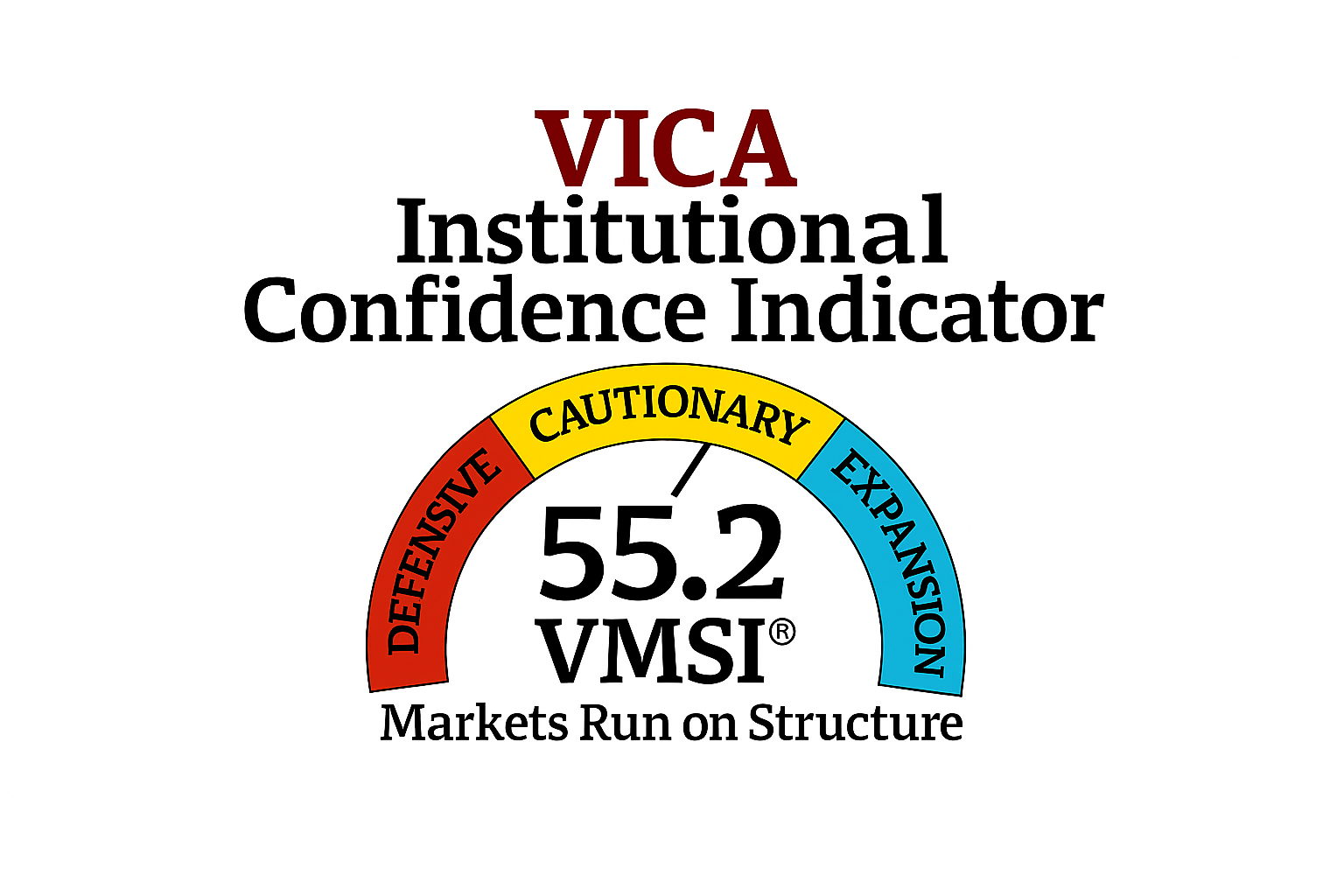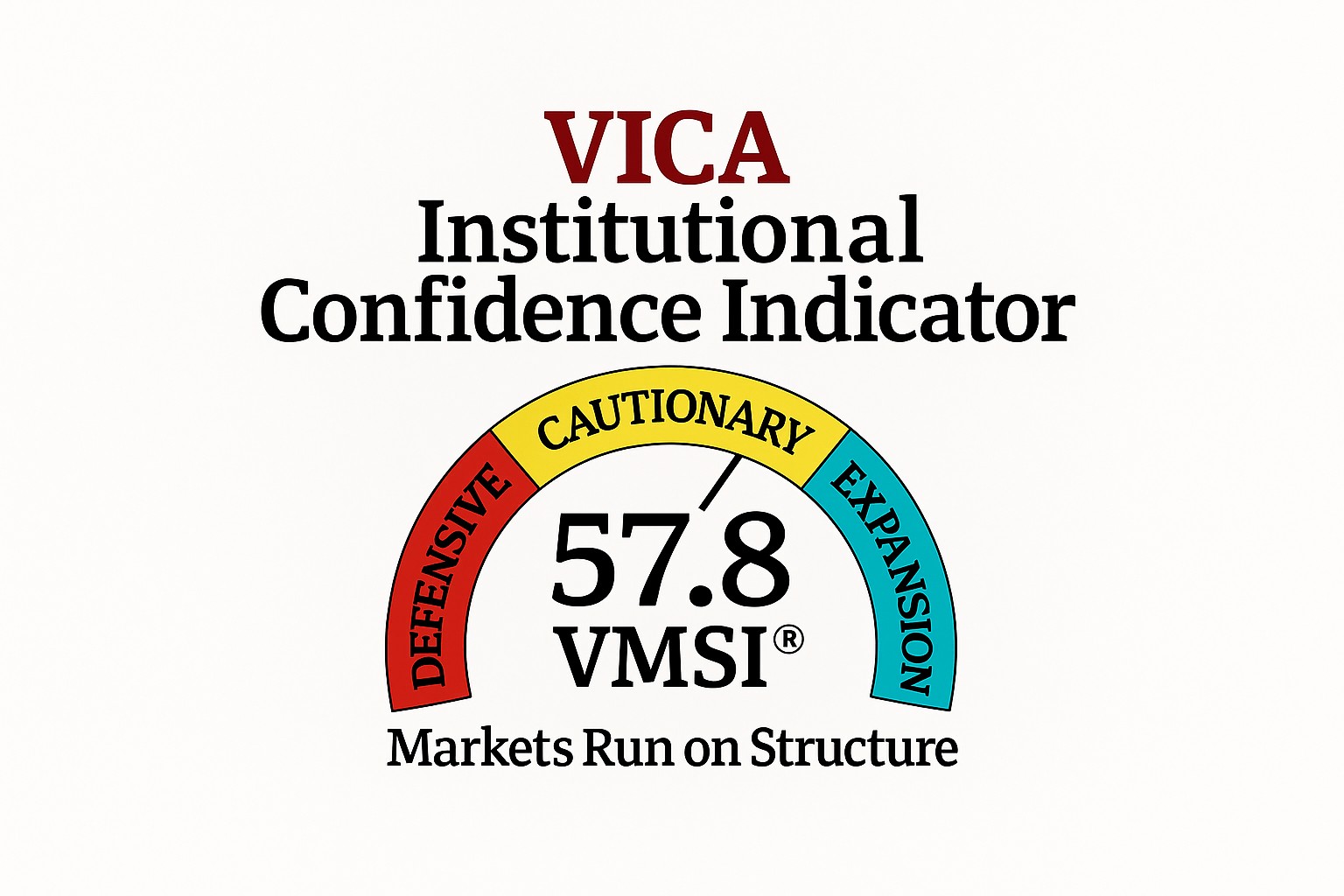Forward P/E (price-to-earnings) ratio is a financial metric used to value a company’s stock. It is calculated by dividing the current stock price by the estimated earnings per share (EPS) for the next twelve months. The forward P/E ratio gives investors an idea of what the market is willing to pay for a company’s future earnings
In general, a lower forward P/E ratio suggests that a company’s stock may be undervalued relative to its earnings potential, while a higher forward P/E ratio may indicate that the stock is overvalued. However, a high forward P/E ratio may also indicate that the market expects strong future earnings growth for the company. As a general guideline, a forward P/E ratio of 15 or lower is considered reasonable, while a forward P/E ratio of 20 or higher may suggest that the stock is relatively expensive.
The formula for forward P/E (price-to-earnings) ratio is:
Forward P/E = Current Stock Price / Estimated Earnings Per Share (EPS) for the Next Twelve Months
The “current stock price” refers to the market price of one share of the company’s stock, and the “estimated EPS” refers to the earnings per share that analysts or the company itself predict the company will generate in the next twelve months. The forward P/E ratio provides investors with an estimate of how much they are paying for each dollar of future earnings, and is commonly used as a valuation metric for stocks.
For example, if a company’s current stock price is $50 and its estimated EPS for the next year is $5, then the forward P/E ratio would be 10 ($50 ÷ $5). This means that investors are willing to pay 10 times the company’s estimated earnings for the next twelve months.
The forward P/E ratio is a forward-looking metric that can be useful in determining whether a stock is overvalued or undervalued relative to its peers or the market as a whole. However, it should be used in conjunction with other financial metrics and qualitative analysis to make informed investment decisions.




